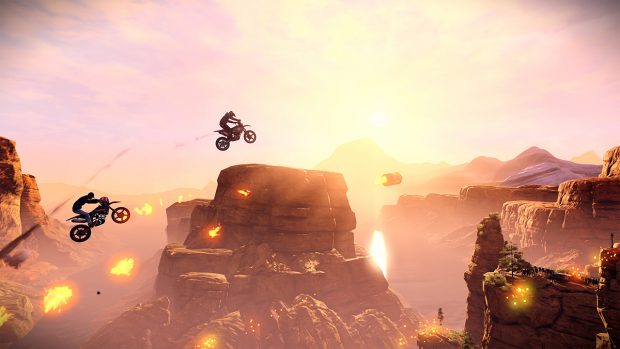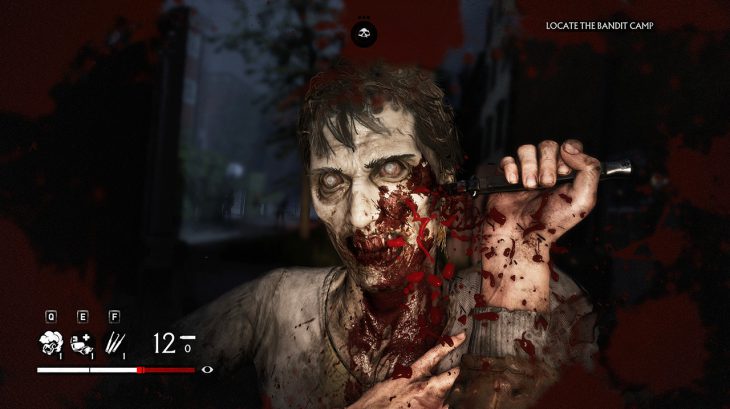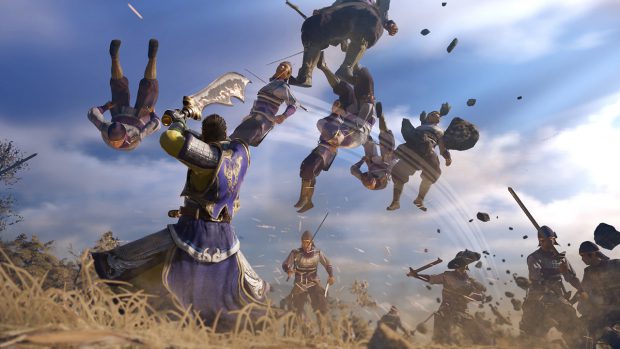Iratus: Lord of the Dead is a Kickstarter funded game, brought to us by Unfrozen in Russia. Raising $23,316 of it’s @$20,000 goal, Iratus: Lord of the Dead is in Early Access on Steam and we got to get our grubby little hands on it early. If you are looking for the quick version of this review, Iratus: Lord of the Dead is like Darkest Dungeon but you are the villain. If that simple statement gets you all excited and on board, then I have done my job! If you need further convincing that Iratus: Lord of the Dead is a fun game, especially if you missed out on the hidden gem that is Darkest Dungeon, then read on fine individual! Read on!
Story
So, to briefly sum up the story of Iratus: Lord of the Dead, it truly is like Darkest Dungeon but you are the bad guy. The game begins with you playing as Iratus, a long dead necromancer, reviving and aiming to break out of the dungeon that you have been imprisoned in. With the help of your minions, you will defeat your enemies to free yourself of the prison, established a new base to conduct your villany from, and you will need to protect that base from the good guys.
Iratus: Lord of the Dead isn’t going to win any awards for storyline or character development, this isn’t that type of game. Similar to Darkest Dungeon, you can’t get attached to your heroes because they will be dead within the next few levels anyway. While Iratus is a consistent within the story, he briefly has things to say between events that helps push the story along, and your monsters are never meant to have any type of character, they are disposable like good evil minions should be. Also, while the story line may make it seem like there is some progression, you pretty much are just crawling through dungeons with your monsters and eradicating heroes, while building up your necropolis between battles. Not every game needs to be an Oscar Award Winner when it comes to story, so this isn’t a deal breaker. Just not as refined or as polished as I normally like.
Game Play
Iratus: Lord of the Dead is a 2D, turn based, side on dungeon crawler where you play as the villain instead of the hero. You begin the game with a set of minions that you can create. Then you move along a map and select battles, or items, or make choices based on the icon on the map. You will battle against different heroes, each with their own weaknesses and strengths to counter your minions own weaknesses and strengths. If you defeat the heroes, then you move along the map. If, however, you are defeated, then you will need to create a new set of minions and try again. As these minions die, you can make more by harvesting body parts, weapons , and armor from the heroes you have killed. Once you are out of minions and can’t make any more, however, the game is over. So maintaining your minions becomes the essential part of Iratus: Lord of the Dead.
You will be able to level up your minions as well. You get items that allow to you level up your monsters abilities, which will increase a particular stat. I was very impressed at the large amount of options that I had to choose from whenever I leveled up someone. Each minion has a set number of skills that can be leveled up, and each skill has two options. Each option will level up the skill in a particular way, while increasing a different state. Your sword swing may be leveled up to do more damage and increase your health, or it may be leveled up to hit an extra target and increase your damage resistance, for instance. You can also outfit your minions with a couple of items that can be looted from corpses.
Iratus can also be outfitted with items between battles, which will give you access to special spells and powers during the next battle. Each spell uses mana, and some of the spells have limited charges. Most of your energy will be in outfitting and leveling up your minions, since they do most of the grunt work. Iratus, you see, does not like to get his hands dirty with combat. You will also rebuild your necropolis between battles, giving you the ability to create bigger and badder minions, or recover health, or other perks that you will need the deeper you go in the dungeon.
The worst thing I could possibly say about Iratus: Lord of the Dead is that there isn’t anything new here. You’ve played it all before. Games like Darkest Dungeon or Dungeon Keeper have done this same bit, but Iratus: Lord of the Dead puts it all together into a different shell that I still played for hours and hours. I did really like Darkest Dungeon so getting more of that wasn’t such a bad thing for me.
Aesthetics
Iratus: Lord of the Dead graphic design is somewhere just short of a BDSM party at Blizzard’s HQ. You will swear that you see the Lich King hanging out with a couple of banshees in Iratus: Lord of the Dead, but he’s just got a few more leather straps and buckles on this time around. Iratus: Lord of the Dead did mimic some of Darkest Dungeons aesthetics, but did not go with the heavier ink lines that we see in the later game. Still, while the graphics are simple in terms of actual technology, the aesthetics are solid and they do the job they need to do.
Audio and soundtrack in Iratus: Lord of the Dead is fairly forgettable, unfortunately. Iratus is fully voiced and takes the place of the narrator from Darkest Dungeon. Iratus will make comments during the battle, and then tell little bits of story in between battles, but nothing fantastic. While I am sitting here typing this review up, I cannot recall a single piece of music that came from the game. So the music will do the job it needs to, but you won’t be humming it at work the next day.
Final Thoughts
Iratus: Lord of the Dead is a solid game that does nothing new. This review has been about a thousand words, and really the entire review could be summed up with what I said in the intro, “It’s like Darkest Dungeon but you are the villain”. If you liked Darkest Dungeon, put this on your list to get, it’s more of the same goodness that you have played before. If you didn’t like Darkest Dungeon, well move along, there isn’t anything for you here. If you didn’t play Darkest Dungeon, I would recommend giving that one a shot first before playing Iratus: Lord of the Dead. It would feel weird to recommend the game where you play the villain before playing a game where you get to be the hero. Still, at the end of the day, I played the heck out of Iratus: Lord of the Dead and will continue to do so even after this review. There is something fun and satisfying about Iratus: Lord of the Dead that makes me what to recommend it, but really only if you are looking for more Darkest Dungeon. Iratus: Lord of the Dead is available now on Steam Early Access for $24.99.



































